SOURCE: AFI
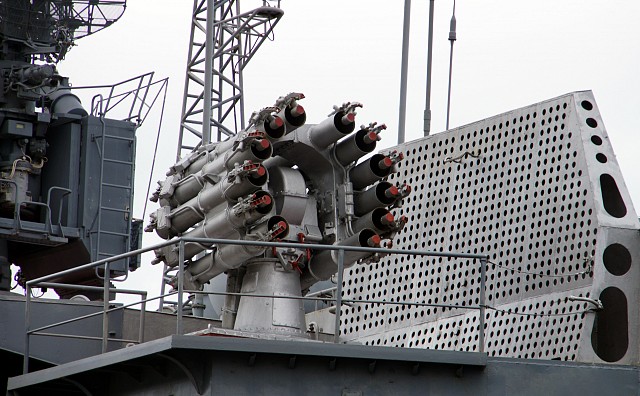
The RBU-6000 Smerch-2 is a naval anti-submarine warfare (ASW) rocket depth charge system of Soviet origin, developed in the 1950s. Despite its age, it continues to serve as a key component in the Indian Navy’s ASW arsenal, raising questions about the balance between modernization and reliance on older yet proven technologies.
The RBU-6000 is known for its distinctive 12-tube launcher mounted on a pedestal, a remote-controlled system that is fed from a below-deck magazine via a hoist system. This launcher, unlike its predecessors, has the advantage of being highly maneuverable. It can rotate and elevate, with stabilization to account for the ship’s pitch and roll, allowing for more precise targeting without needing to steer the entire ship—a significant improvement over earlier fixed-mount systems. The launcher is controlled by a fire control system integrated with sonar input, which enhances its effectiveness against submarines and underwater threats.
Continue readingSOURCE: AFI

Hindustan Aeronautics Limited (HAL), a state-run aerospace and defense company, is poised to receive a significant upgrade in its status. According to a senior finance ministry official, HAL is likely to be elevated from its current Navratna category to the coveted Maharatna category by the end of 2024.
The Maharatna status confers greater operational and financial autonomy on a company’s board. This includes the authority to make project investments up to Rs 5,000 crore without seeking government approval. In contrast, Navratna companies are limited to making autonomous project investments of up to Rs 1,000 crore.
Continue readingSOURCE: RAUNAK KUNDE / NEWS BEAT / IDRW.ORG
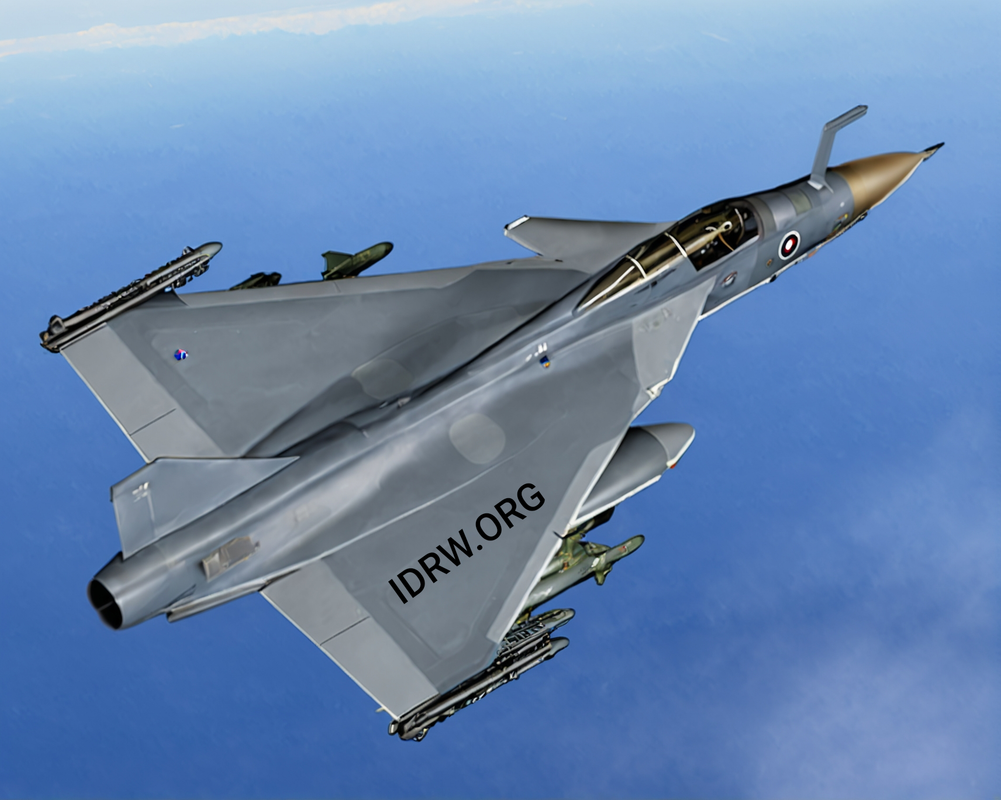
The Indian aerospace industry is abuzz with excitement as the Tejas MkII, the next-generation variant of the indigenous Light Combat Aircraft (LCA) Tejas, inches closer to taking shape. The Aircraft and Systems Testing Establishment (ASTE), a premier Indian Air Force (IAF) institution, has been entrusted with a crucial role in preparing the Tejas MkII for its maiden voyage.
According to reports in idrw.org, aircraft assembly is set to begin this month in Bangalore, with small equipment and fuselage sections already arriving at the HAL facility. The first fully assembled Tejas MkII is expected to roll out next year, marking a significant milestone in the program.
Continue readingSOURCE: RAUNAK KUNDE / NEWS BEAT / IDRW.ORG

In a significant development for India’s aerospace industry, Hindustan Aeronautics Limited (HAL) will secure a complete transfer of technology (ToT) for the Shakti 1H1 engines. This strategic move will enable HAL to fully control the manufacturing process of these critical components, which power a range of Indian-made helicopters.
The Shakti engine, a derivative of the Safran Ardiden 1H1, is specifically designed for high-altitude operations. It has been successfully integrated into several Indian helicopters, including the ALH MKIII (Dhruv), MK IV (Rudra – WSI), and LCH (Light Combat Helicopter). With a demand for nearly 2000 engines to support ongoing operations in the next 20 years, HAL’s decision to develop its turboshaft engine, the HTSE-1200, was driven by a desire to reduce dependence on Safran.
Continue readingSOURCE: RAUNAK KUNDE / NEWS BEAT / IDRW.ORG
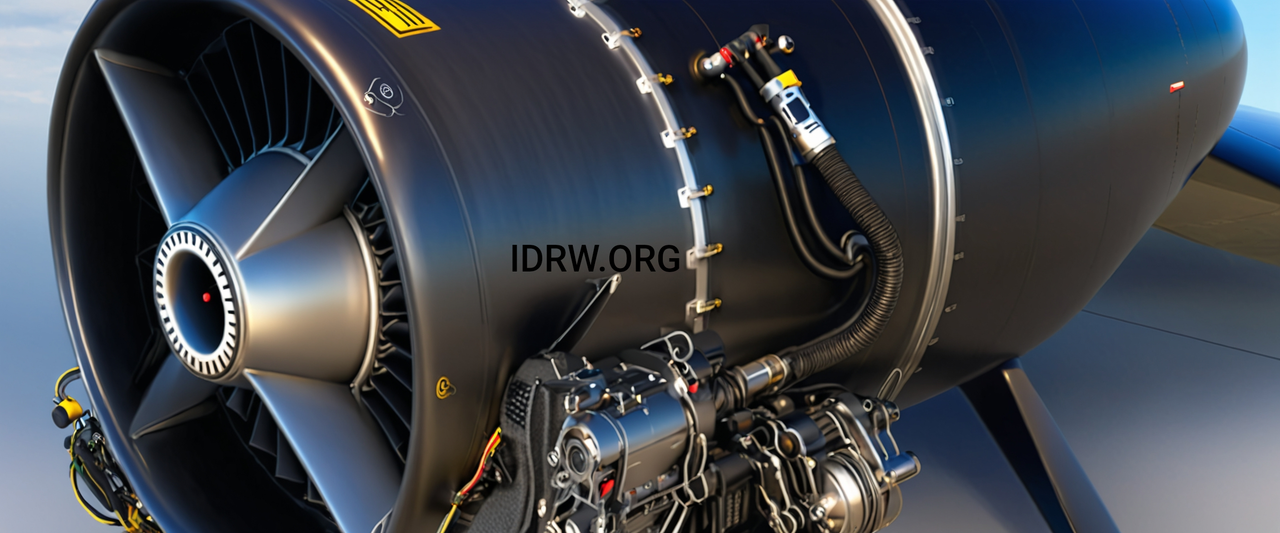
The Indian Navy is poised to revolutionize its anti-ship warfare capabilities with the upcoming deployment of the Naval Anti-Ship Missile-Medium Range (NASM-MR). This indigenously developed missile system features a new Small Gas Turbine Jet Engine (SGTJE), which is being jointly developed by the Research Centre Imarat (RCI) and the National Aerospace Laboratories (NAL).
The SGTJE, with a maximum power of around 2.7 KN, will provide the NASM-MR with high sub-sonic speed and an impressive range of 300 kilometres. This significant boost in performance will enable the missile to effectively target small- to medium-sized warships such as frigates, corvettes, and destroyers.
Continue readingSOURCE: AFI
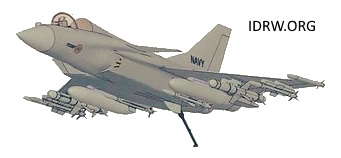
Jaideep Maolankar, a retired Naval Aviation Commodore and former sole and Chief Test Pilot for the LCA-Navy program, has expressed frustration over the slow progress of the Twin-Engine Deck-Based Fighter (TEDBF) program. In a recent post on X, Maolankar highlighted the program’s delays and questioned the government’s intentions for India’s Second Aircraft Carrier (IAC2).
Maolankar emphasized the importance of the TEDBF program for the IAC2, stating that it is a crucial component of the carrier’s capabilities. He criticized the government for not sanctioning the TEDBF program yet, despite mentioning the IAC2 in the Cabinet Committee on Security (CCS) meetings.
Continue readingSOURCE: AFI
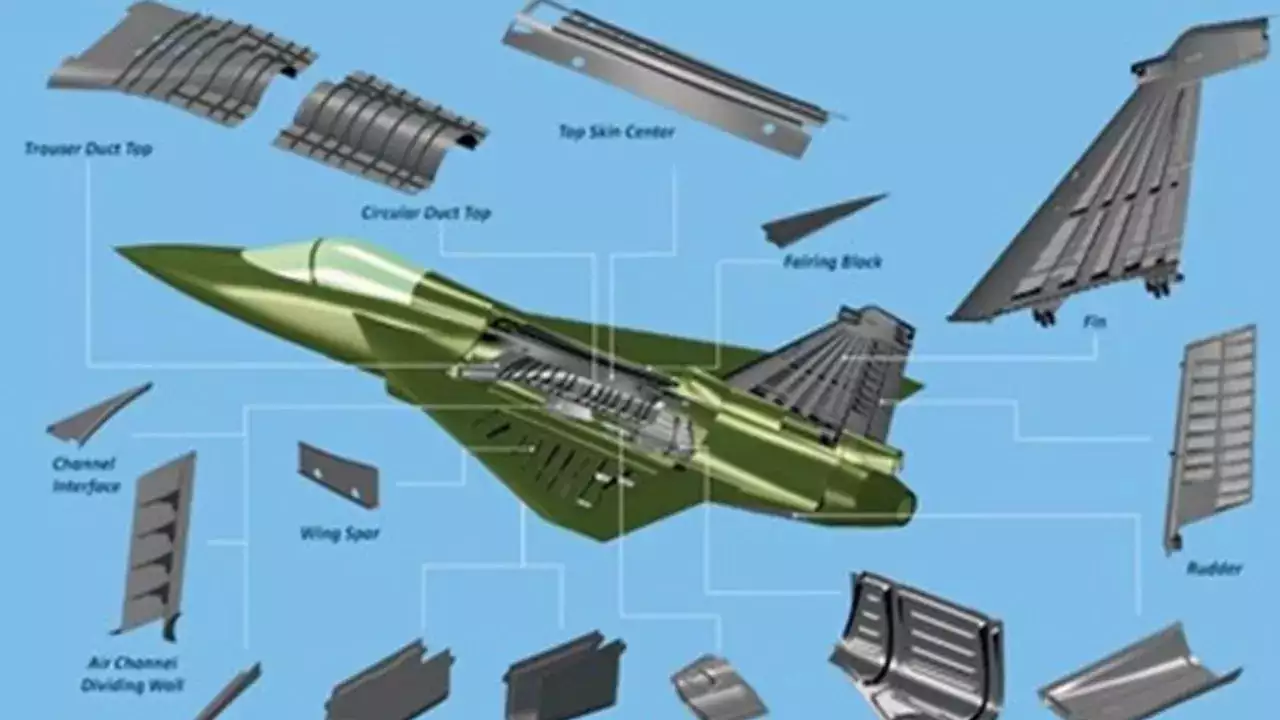
Hindustan Aeronautics Limited (HAL) has recently revealed the intricate details behind the production of India’s indigenously developed Light Combat Aircraft (LCA), the Tejas Mark IA. According to the company, each Tejas Mark IA aircraft is composed of a staggering 14,837 parts. This astonishing figure underscores the complexity and precision involved in the manufacturing process.
To assemble such a sophisticated aircraft, HAL employs a wide range of specialized tools and equipment. The company has indicated that 11,000 tools are required to ensure the accurate and efficient production of the Tejas Mark IA. This vast arsenal of tools highlights the meticulous craftsmanship and attention to detail that goes into creating this cutting-edge fighter jet.
Continue readingSOURCE: AFI
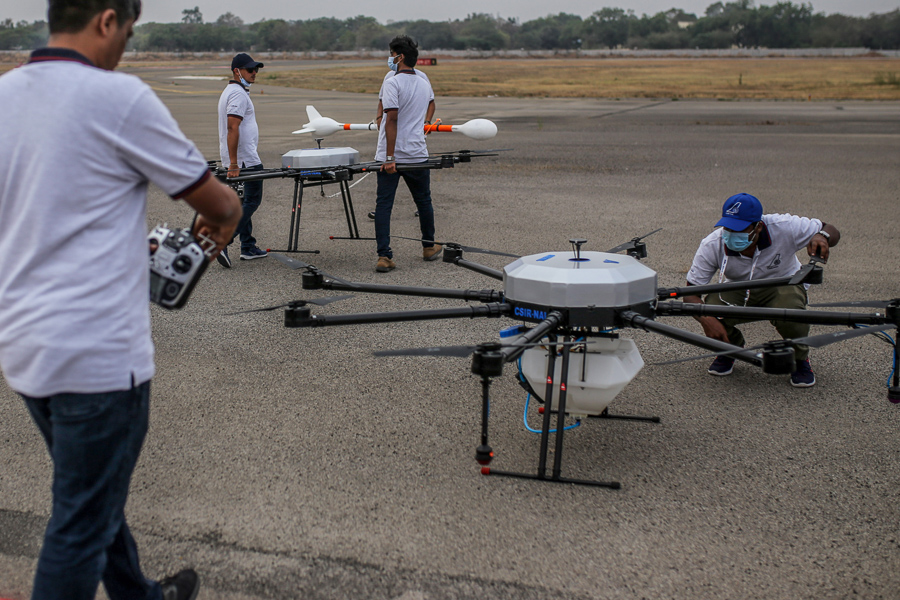
India’s drone industry is at a critical juncture, grappling with the delicate balance between national interest and vested interests. Recent interactions with top defense officials have highlighted the growing importance of drones as a strategic asset, but also exposed the challenges posed by a fragmented and often misguided industry.
The realization that drones are a “must-have” technology from a national security perspective has spurred calls for a more cohesive and focused approach. Past missteps, characterized by a reliance on cheap Chinese products and a lack of support for indigenous development, have compromised India’s self-reliance in this vital sector.
Continue readingSOURCE: AFI

Chennai-based Dream Aerospace Pvt. Ltd. has introduced its groundbreaking “Atom” Green Monopropellant Thruster, a cutting-edge propulsion system that utilizes a HAN-based (Hydroxylammonium Nitrate) non-toxic green fuel. The Atom thruster is designed to deliver efficient and eco-friendly propulsion for space missions, offering thrust levels starting from 1 Newton (N), catering to various satellite and space vehicle applications.
The Atom thruster stands out in an industry traditionally reliant on hydrazine, a highly toxic and hazardous fuel commonly used in space propulsion systems. Dream Aerospace’s adoption of HAN-based fuel marks a significant advancement in reducing environmental impact and enhancing safety. HAN, a high-performance monopropellant, is known for its non-toxic properties and easier handling compared to hydrazine. This makes the Atom thruster a much safer option for satellite operators and manufacturers, while also reducing the risk to ground personnel during fuel handling and transportation.
Continue readingSOURCE: IDRW.ORG
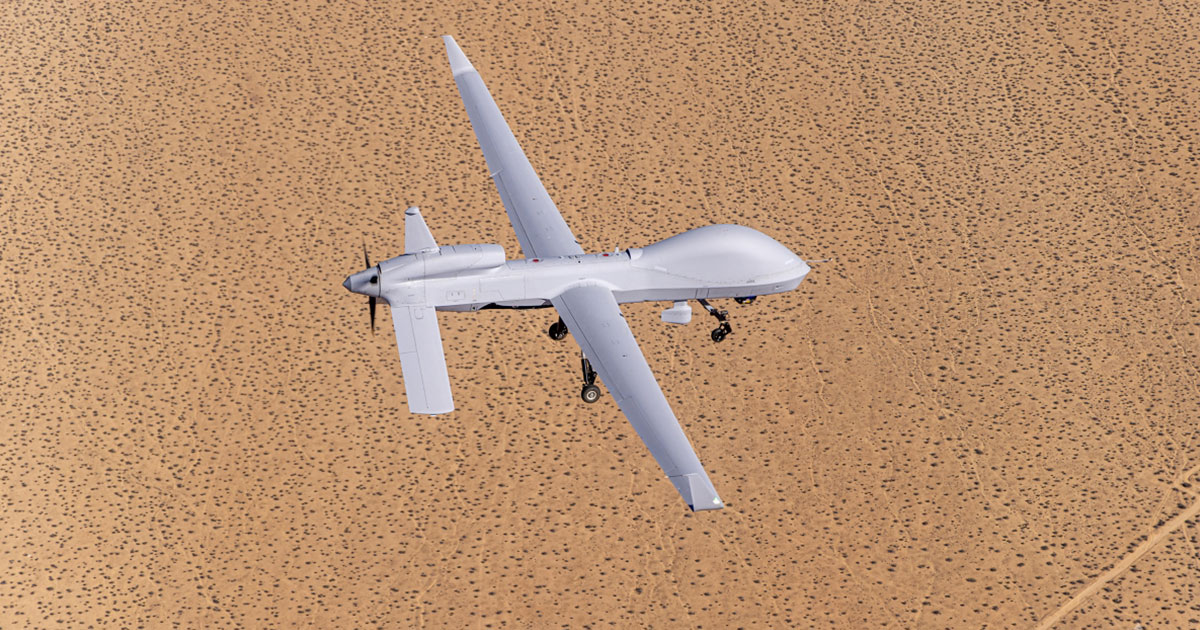
According to a report by The Sunday Guardian, the Indian Ministry of Defence (MoD) is experiencing second thoughts regarding the proposed acquisition of 31 units of the MQ-9B Reaper drones, manufactured by General Atomics. The potential deal, which includes control stations, missiles, and auxiliary equipment, is valued at an estimated $30 million per drone. However, recent developments on the global stage, particularly the ease with which Houthi rebels in Yemen have allegedly been able to bring down these drones, are causing alarm in both South Block and North Block, the administrative nerve centers of India’s government.
One of the key factors driving the Indian military’s push for the MQ-9B Reapers was the ongoing tension with China, particularly following the June 2020 Galwan Valley clash, which highlighted the need for enhanced surveillance and reconnaissance capabilities along the India-China border. With the ability to carry out both surveillance and strike missions, the MQ-9B seemed like a powerful addition to India’s arsenal. However, the performance of these drones in Yemen has raised critical questions about their viability in high-threat environments.
Continue readingSOURCE: IDRW.ORG TEAM

AviaTraining Solutions Pvt Ltd has announced strategic partnerships with two leading European gyrocopter manufacturers, Aviation Artur Trendak from Poland and Carpenerie Pagotto from Italy. These collaborations grant AviaTraining Solutions exclusive rights to assemble and manufacture these advanced gyrocopters in India.
The company plans to establish a state-of-the-art assembly line near Ahmedabad, Gujarat. This facility will be the first of its kind in India, marking a significant milestone in the country’s aerospace industry. The assembly line will not only cater to the domestic market but also position India as a key exporter of gyrocopters to countries across the SAARC region, Southeast Asia, the Middle East, and Africa.
Continue readingSOURCE: AFI

Exercise Yudh Abhyas, a joint military exercise between India and the United States, is currently underway from September 9th to 22nd, 2024. One of the key participants in this exercise is the 25th Fighter Squadron, the only A-10C unit within the Pacific Air Forces command that is stationed in India. This squadron, known as the “Assam Draggins,” has a fascinating history that is deeply intertwined with the nation’s past.
Established in 1941 as the 25th Pursuit Squadron, the unit first saw combat over Southeast Asia in 1942. A significant milestone occurred on January 11, 1942, when the squadron embarked on the SS President Coolidge, becoming part of the initial deployment of US forces to leave the United States mainland after the declaration of war. By late March, the 25th Pursuit Squadron had arrived in Karachi, India, and commenced wartime operations.
Continue readingSOURCE: AFI

General Atomics, a leading manufacturer of unmanned aerial vehicles (UAVs), has announced its plans to invest in India’s economy and contribute to the country’s drone manufacturing capabilities. As part of this commitment, the company has pledged to source over 30% of the components for its drones from Indian companies.
In addition to local sourcing, General Atomics will also provide expertise and consulting services to assist India in developing its own high-tech drones. This collaboration aims to enhance India’s manufacturing capabilities and reduce its reliance on foreign imports.
Continue readingSOURCE: AFI

Suhas Tejaskanda, the CEO of Flying Wedge, has announced that the company has decided to abandon its previous mock-up design for the FWD 200-B bomber in favor of a new liner design. This shift in design is aimed at optimizing the bomber’s goals and weight capacity.
While the earlier design featured four 20-inch propellers, the new design incorporates two 24-inch propellers. This change has the added benefit of increasing landing gear clearance, improving the overall performance and safety of the bomber.
Continue readingSOURCE: AFI

The Indian Army has recently showcased its newly inducted UAV Launched Precision Guided Munition (ULPGM), manufactured by Adani Defence. This marks a significant milestone in India’s indigenous defense manufacturing capabilities.
The ULPGM is the first in a series of PGMs specifically designed for drone carriage. With an effective range of 2-6 kilometers and weighing between 5-8.5 kilograms, it boasts a 2-kilogram warhead. This PGM is equipped with IIR seekers and kinetic capabilities, making it a versatile weapon for various tactical missions.
Continue reading